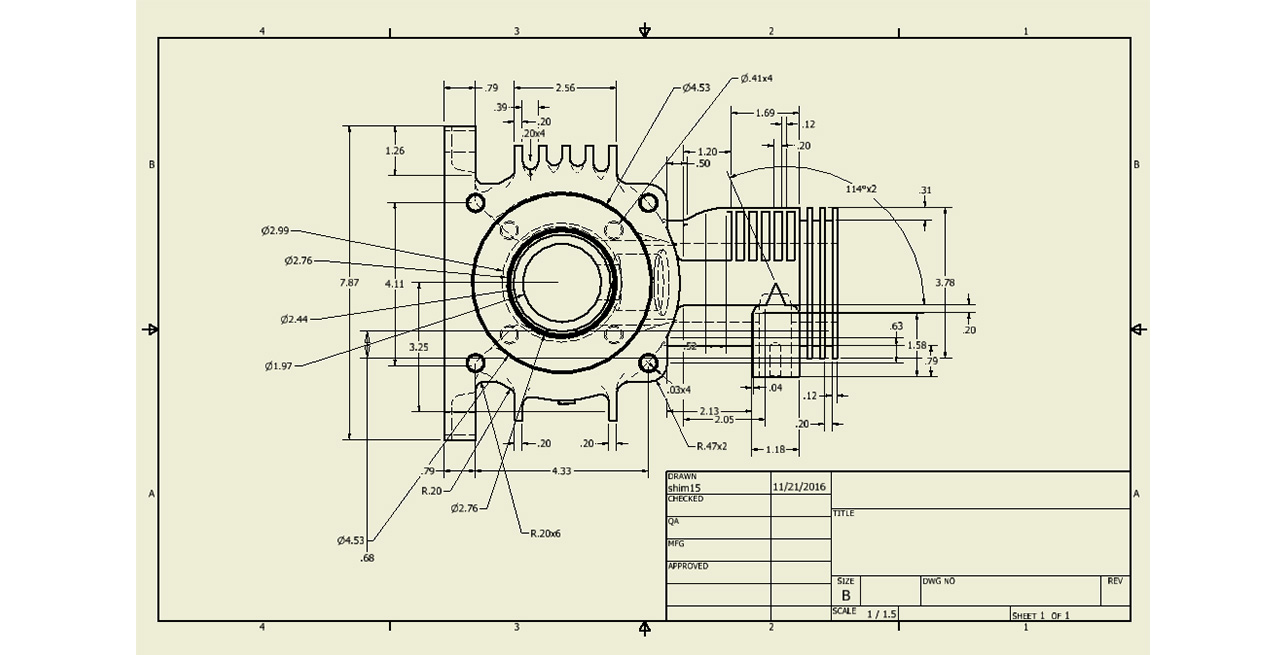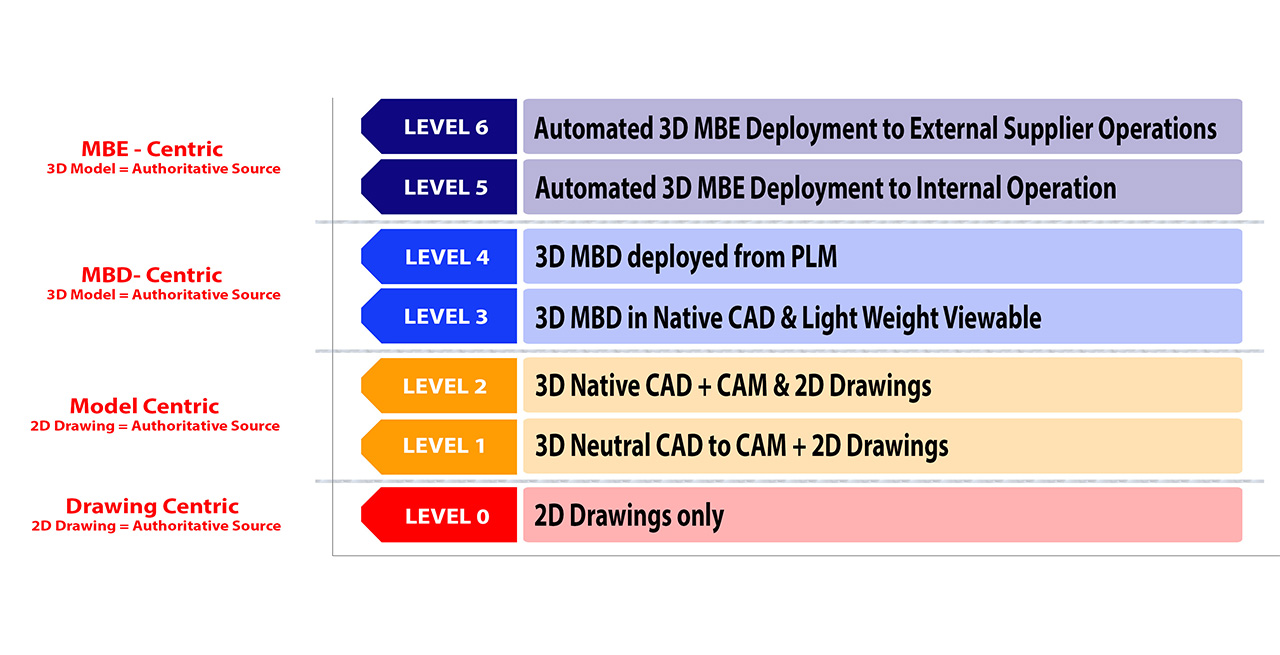Increase in Quality
- 3D models are less ambiguous than 2D drawings
- Removes drawing-to-model discrepancy
- Manipulates the 3D model directly for clarity
Faster Development
- Accelerates the handling of engineering change orders when design changes are made
- Reduces time required to create manufacturing documentation
Reduction in Cost
- Boeing reported a 50% reduction in fabrication costs & 30% reduction in assembly hours
- Toyota documented a 50% reduction in tooling design and fabrication








